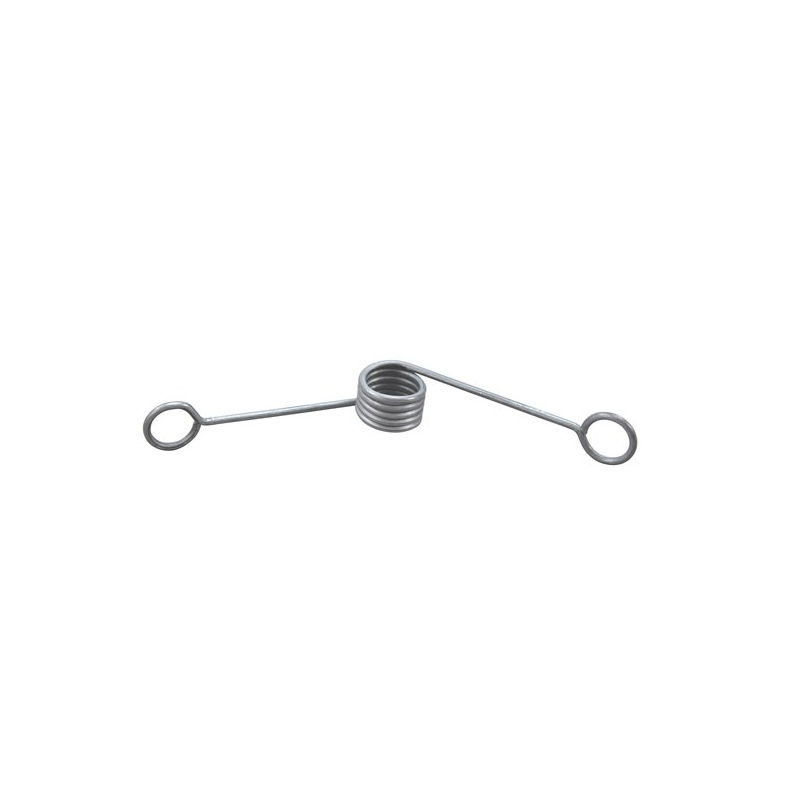
- Mobile Phone
- +8613931874955
- sales@cntcmetal.com
4mm compression spring
Understanding 4mm Compression Springs Specifications, Applications, and Benefits
Compression springs are a crucial component in various mechanical systems, providing essential functions ranging from energy storage to load support. Among these, the 4mm compression spring is particularly notable due to its versatility and wide range of applications. This article will explore what 4mm compression springs are, their specifications, applications, and the numerous benefits they offer.
What is a 4mm Compression Spring?
A 4mm compression spring refers to a spring with a wire diameter of 4mm. Compression springs are typically coiled metal springs designed to resist compressive forces. They are commonly made from materials such as stainless steel, carbon steel, or alloy steel, which provide strength and resilience. The design of a compression spring allows it to compress when a force is applied, storing energy that can be released when the force is removed.
Specifications of 4mm Compression Springs
Several specifications determine the performance and suitability of a 4mm compression spring for a particular application
1. Wire Diameter The wire diameter (in this case, 4mm) is critical as it influences the spring's overall strength and ability to handle loads.
2. Free Length The free length of a compression spring is its length in a relaxed state. This measurement is essential for ensuring that the spring fits correctly into its intended application.
3. Number of Coils The total number of coils affects the spring's flexibility and load-bearing capacity. More coils generally provide greater flexibility, while fewer coils lead to a stiffer spring.
4. Spring Rate The spring rate measures how much force is needed to compress the spring by a given distance. It is usually expressed in Newtons per millimeter (N/mm) and is crucial for understanding the spring's performance under load.
5. Material The choice of material significantly impacts the spring’s durability and performance. High-carbon steel is common for high-load applications, while stainless steel springs may be preferred for environments where corrosion is a concern.
Applications of 4mm Compression Springs
4mm compression springs find their utility in a variety of fields and applications, including
1. Automotive Industry These springs are used in various automotive components, such as suspension systems, where they help absorb shocks and provide stability.
4mm compression spring

2. Electronics Compression springs play a vital role in actuators, switches, and various electronic devices, offering necessary push or pull forces.
3. Manufacturing and Industrial Equipment Compression springs are essential in machinery, where they can support structural integrity and provide counterforces in moving parts.
4. Medical Devices In the healthcare sector, these springs are found in devices like syringe mechanisms, where they help create necessary pressure and allow for precise movement.
5. Home Appliances Many household appliances, such as washing machines and toasters, incorporate compression springs to improve functionality and efficiency.
Benefits of 4mm Compression Springs
The use of 4mm compression springs offers numerous advantages
1. Compact Design Their small size makes them easy to integrate into various devices without adding unnecessary bulk.
2. Energy Storage These springs efficiently store energy, which can be released when needed, enhancing the performance of mechanical systems.
3. Durability Made from robust materials, 4mm compression springs can withstand significant wear and tear, making them suitable for high-stress applications.
4. Cost-Effectiveness Compression springs offer a cost-effective solution, providing reliable performance without requiring extensive maintenance.
5. Customization Manufacturers can produce 4mm compression springs to precise specifications, allowing for customization according to specific application requirements.
Conclusion
The 4mm compression spring is a vital component across numerous industries, thanks to its compact size, versatility, and effectiveness in energy storage and load support. By understanding its specifications and the wide array of applications, engineers and designers can effectively utilize this type of spring to enhance the performance and reliability of their products. Whether in automotive systems, electronics, or medical devices, 4mm compression springs continue to play an essential role in modern design and engineering.
share:
-
Wall Ties for Concrete: Invisible Guardians of Building Structural StabilityNewsAug.08,2025
-
Timber Frame Wall Ties: Stable Bonds for Load TransmissionNewsAug.08,2025
-
Stainless Steel Woven Wire Mesh: A versatile material from boundary protection to functional supportNewsAug.08,2025
-
Powder Coat Coil Springs: Creating peace of mind and reliability with sturdy protectionNewsAug.08,2025
-
Floor Standing Sign Holder: A Powerful Assistant for Flexible DisplayNewsAug.08,2025
-
Binding Iron Wire: An Invisible Bond for Building StabilityNewsAug.08,2025
-
Yard Sign Stakes: Reliable Guardians of Outdoor SignsNewsAug.04,2025



















